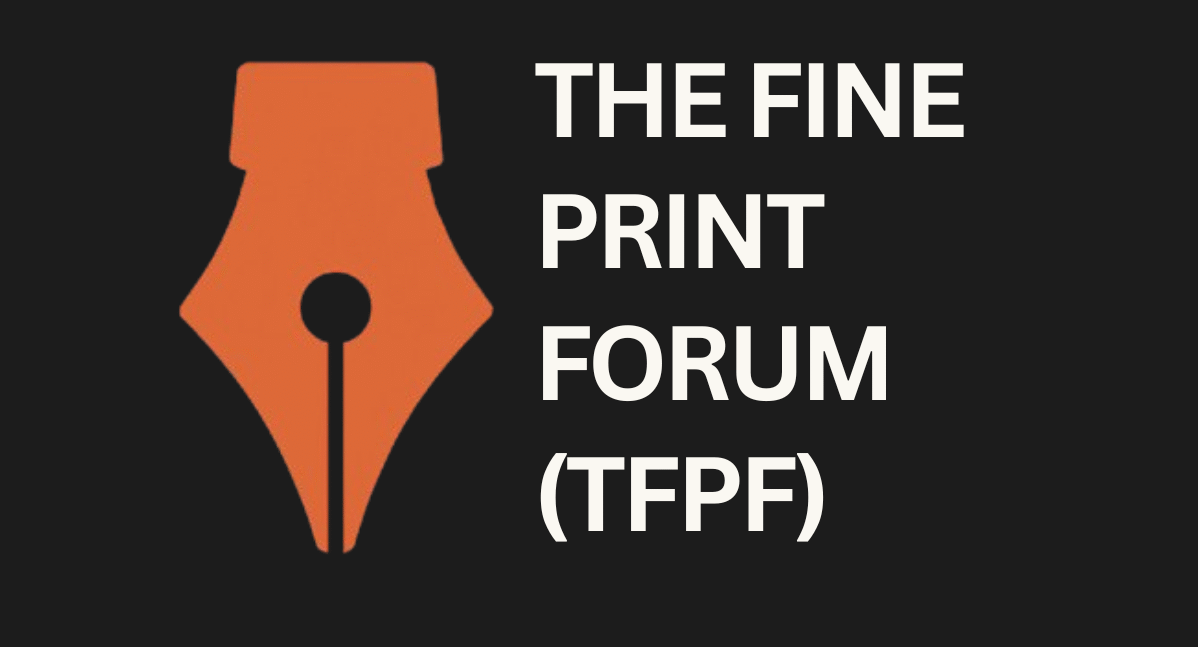India’s Carbon Market: A Step Forward or A Flawed Plan?

Author: Utkarsh Sharma, 4th Year B.B.A. LL.B. (Hons.) student at Symbiosis Law School Pune
INTRODUCTION
Following the agenda of reducing Greenhouse Gas (GHG) Emissions set forth in the Kyoto Protocol, the parliament of India passed the Energy Conservation (Amendment) Act of 2022. This amendment added Section 14(w) to the Energy Conservation Act of 2001 (ECA) conferring upon the central government to specify a scheme for carbon trading. In accordance with the same, the Ministry of Power (MoP) issued Notification S.O. 2825(E) dated 28.06.2023 (CCTS Notification), specifying the Carbon Credit Trading Scheme (CCTS).
This article analyses the emergence of carbon markets in India in context of the regulatory frameworks around it. It also highlights the inherent flaws associated with carbon trading and outlines the lessons India can learn from pre-existing international carbon markets such as the Emission Trading System of the European Union (EU ETS) and talks about potential integration with international markets.
CARBON TRADING AND CARBON OFFSETS
Carbon Trading, or Emissions Trading is a market-based mechanism wherein a regulatory body, most often a government places a limit, also known as a “cap” on permitted emissions of GHG’s by a specific industry or sector. Companies can then buy or sell discrete quantized units of emissions allowed. Companies that emit less GHG’s than the cap can then sell these units to companies who seek to emit more than the cap prescribes. Such marketization aims to incentivize lowering emissions by attaching a price to them.
Conversely, carbon offsets work on an entirely voluntary basis. Instead of caps which limit the total emissions, carbon offsets allow companies to fund externa carbon positive projects that neutralize the emissions produced.
THE INDIAN CARBON MARKET AND ASSOCIATED CONCERNS
The CCTS notification specifies the general scheme establishing carbon markets in India.
Intensity v. Volume
A key differentiating factor between international frameworks and the system that CCTS seeks to establish is that under the Indian framework, the cap is placed based on the intensity of the emissions unlike the EU ETS system wherein the cap is on the total volume of emissions. This approach focuses on efficiency over outright reductions and allows balancing of economic growth and emission control. It allows CCTS to accommodate growing energy demands and industrial production with Indias Net Zero Emission Goals. However, rapid growth of economic output without sufficient technological or structural changes to reduce the carbon footprint of industries could still see overall emissions rising substantially in spite of CCTS thus undermining broader emission control/reduction goals.
National Steering Committee (NSC)
The National Steering Committee constituted under the CCTS is tasked with function of guiding the scheme’s implementation and oversight of the administrative framework. However, its constitution raises questions regarding its governance. Despite the schemes environmental focus, the Ministry of Environment, Forest and Climate Change (MoEFCC) plays a marginal role with primary control resting with the Ministry of Power.
Additionally, given that carbon offset projects and renewable energy initiatives have the potential to impact tribal areas, the exclusion of representation of the Ministry of Tribal Affairs can also be construed as a significant oversight. Such a governance structure reflects a technocratic approach that seeks to prioritize industrial and energy concerns over environmental ones. This could lead to sidelining of critical voices which could ensure the scheme is balanced and inclusive.
INHERENT FLAWS WITH CARBON MARKETS
There are three inherent flaws that plague carbon markets worldwide. They tend to reinforce structural inequalities and allow industries to continue polluting, failing to drive any meaningful change.
Emission Marketization and the “Commodity Fiction”
Relying on the Neoclassical Economic belief that attaching a price to carbon will drive efficient reduction; carbon trading commodifies emissions. It treats emissions as discrete, uniform units that can be traded irrespective of their social and ecological contexts. Instead, the financialization of carbon markets has led to speculation, volatility, and systemic inefficiencies. For instance, in the EU ETS carbon prices remained too low for years due to an oversupply of allowances and market manipulation by prominent players. This is evidence that reliance on market mechanisms alone has often failed to result in sufficient decarbonization as buying credits becomes more cost-effective than operational changes.
Distributive and Inequitable Impacts
Carbon markets often albeit unintentionally, end up disproportionately benefitting large established corporations while placing additional burden on emerging economies and smaller enterprises. The EU ETS, at the risk of “carbon leakage” (relocation to countries with less stringent emission rules) allocated free allowances to industries. Consequently, major polluters reaped windfall profits without any significant emission reduction.
In India, the CCTS caps emission intensity rather than absolute volume. This means that industries can continue to pollute more as long as there is an increase in the economic output. This would favour established heavy industries.
Faith in Pricing
Carbon markets operate under the assumption that setting a price through allowances or permits will naturally invite emission reductions. However, analysis of existing markets show that major polluters exploit loopholes to keep compliance costs low. In the early years of EU ETS, excessive allocation of free allowances led to carbon prices artificially driven into the ground. This made it cheaper for industries to buy carbon permits over investing in cleaner technologies. An identical risk exists in India’s CCTS. The intensity-based cap could result in minimal carbon price signals, undermining the effectiveness of market incentives. Carbon markets also remain vulnerable to regulatory capture, wherein, powerful industrial players lobby for favourable term that weaken emission reduction efforts.
For India’s CCTS to avoid the pitfalls that plagued the EU ETS and other global carbon markets it must consider a significant reprioritization of the goals that the scheme seeks to achieve. This reprioritization must also be reflected in its governance structure, possibly headed by the MOEFCC instead of the MoP. It must also consider a gradual shift from intensity-based caps to absolute caps and a more controlled transparent supply of allowances and permits.
INTERNATIONAL INTEGRATION
India’s carbon market is set to begin operation in 2026. At commencement of operation, the Indian market will not have any linkages with international carbon markets like the EU ETS, China’s carbon market or other voluntary markets. However, eventual integration would be desirable since it could provide greater liquidity, price discovery, and access to more financial opportunities. Such integration would require significant regulatory changes and adoption of international standards.
The CCTS does adopt considerable MRV (Monitoring, Reporting, and Verification) mechanisms by requiring self-reported data to be verified by Accredited Carbon Verification Agencies (ACVA) and then by the BEE upon its discretion. While it follows structured guidelines, the MRV mechanisms in India lack full alignment with international standards. The guidelines framed under the CCTS call for periodic monitoring and fail to track real time emissions since CEMS (Continuous Emission Monitoring Systems) are not mandatory. Conversely, internationally adopted practices like those in EU ETS, China’s National Carbon Market, and California’s Cap-and-Trade Market, mandate CEMS and call for continuous or frequent reporting. Reporting and verification guidelines, while based on international best practices, do not make specific reference to ISO 14064-1 and ISO 14064-3, thereby leaving room for ambiguity and potential non-compliance/non-adoption of international standards.
Further the market systems might need to be harmonized. CCTS follows an intensity-based cap which differs fundamentally from the absolute cap-and-trade models like the EU ETS and such. In order to facilitate linkage, India might need to switch to the absolute-cap method and abandon the economic benefits offered by intensity-based caps or introduce hybrid mechanisms that allow for specific absolute caps and sectoral trading.
India would also need to adopt an international framework, possibly under Article 6 of the Paris Agreement to prevent market distortions and ensure integrity. The BEE currently, under the Ministry of Power would also need to be granted greater operational independence to negotiate international market linkages on advice by the NSC. The BEE would also need to establish transparent verification and compliance mechanisms in line with international standards to ensure credit credibility. Further, Indias Foreign Exchange Management Act, 1999 (FEMA) does not explicitly classify carbon credits as a “foreign exchange asset” or “financial instrument”. This creates ambiguity in their cross-border trade. The RBI in accordance with section 47 of FEMA should issue regulations that explicitly allow international sale and purchase of carbon credits under current or capital account transactions.
CONCLUSION
India’s Carbon Credit Trading Scheme (CCTS) is a step towards the right direction; integrating market-based mechanisms in climate policy which serves to seek balanced industrial growth with environmental objectives. Despite the progressive objective, without technological or structural shifts, economic growth could increase output, and thus emissions, offsetting the system’s intended climate benefits. The governance structure, predominantly led by the Ministry of Power, granting them a superfluous power with limited environmental oversight, inevitably raises serious concerns regarding regulatory capture and equitable benefit distribution. Insights from the international frameworks like the EU ETS underscore the importance for a robust monitoring, reporting, and verification system while suggesting potential benefits from adopting absolute emission caps. This prompts an essential question to the amendment inserted: Can a more inclusive, rigorously regulated governance framework enable the CCTS to reach genuine decarbonization while simultaneously supporting India’s economic progress?

